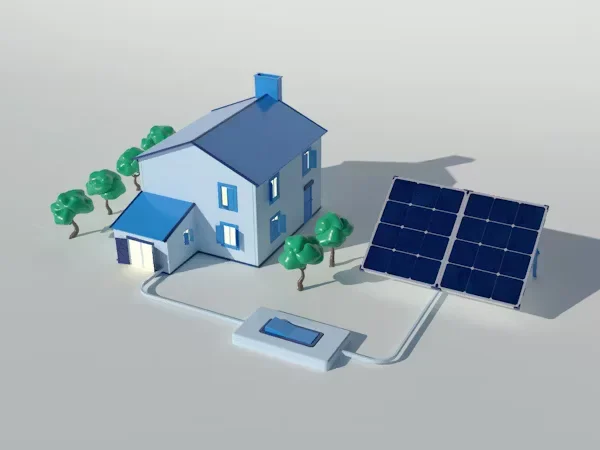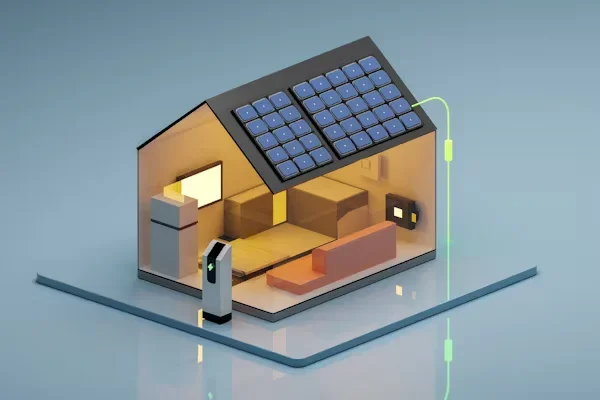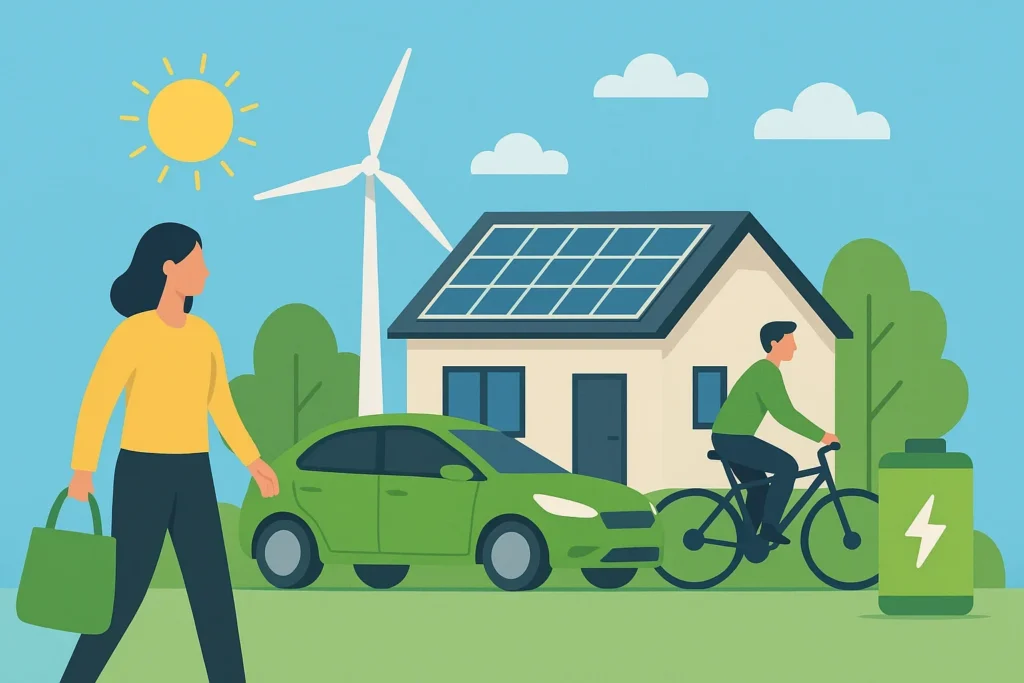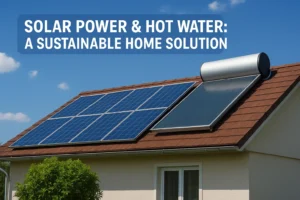Disclaimer: This article is for informational purposes only and does not constitute professional advice. Always consult qualified experts before making energy-related decisions.
In a world facing significant environmental challenges, there is a growing public concern over the conservation of energy and the reduction of carbon emissions. We are quickly realizing the impact of our energy decisions and the role they play in contributing to global warming. Smarter energy choices, however, are leading this shift towards sustainable living, forming a critical path that intrinsically intertwines energy conservation with modern living.
Changes Within the Energy Sector
With the widespread adoption of renewable energy sources, we’re seeing exciting changes in the energy sector. The common man can now harness power from renewable sources and feed it back to the grid. This has been facilitated by mechanisms like the power purchase agreement, which enables consumers to sell spare energy back to power companies. This not only reduces reliance on fossil fuels but also adds an economic incentive to convert to green energy.
A Home Powered by Renewable Energy

Today, we live in homes powered by solar panels and wind turbines, turning our rooftops and backyards into mini power stations. Battery-powered homes using Tesla’s Powerwall, for example, help households store electricity generated from solar panels during the day for usage later in the evening. The adoption of such technologies is not only a testament to our commitment to reducing carbon footprint but also our eagerness to become self-sufficient and independent of traditional power grids.
Friendlier Transportation Choices
There’s also been a shift in the transportation industry, with electric vehicles (EVs) replacing gasoline-powered cars. Companies such as Tesla, Nissan, and Chevrolet are electrifying the roads by producing increasingly affordable and efficient EVs. The rise of EVs directly reduces dependence on fossil fuels and greenhouse gas emissions. Furthermore, many cities are implementing bike-sharing and scooter-sharing programs to aid eco-friendly, short-distance travel.
Energy Efficiency in Appliances

Smarter energy choices can be seen in our day-to-day home appliances as well. The advent of energy-efficient appliances, which use less power for the same functionality, has significantly reduced energy consumption in homes. ENERGY STAR products, for example, are often 20-30% more efficient than conventional models.
Embrace of Smart Technology
We’re also embracing the use of innovative technology to manage our energy consumption better. With smart thermostats, we can remotely control the temperature in our homes. Smart power strips can eliminate phantom power consumption by many appliances even when not in use, leading to considerable savings over time.
Conscious Travelling
Even our choices in travel reflect this shift towards a more sustainable lifestyle. We no longer consider long-haul flights the only option. Many are now opting for train travel or car-sharing as a more conscious choice of transportation. Businesses are promoting telecommuting and virtual meetings to reduce the need for work-related travel.
Shopping Responsibly
From fashion to home appliances, consumer awareness about sustainable products is reshaping shopping habits. More and more customers want traceability and transparency in the products they purchase. There is increased demand for products made with sustainable materials, durable, repairable, and designed with end-of-life considerations.
In conclusion, the choices we make, from the energy we produce and consume to our means of transportation, appliances we use, and products we buy, profoundly impact our environment. Thankfully, many of these choices have been steered towards sustainability. The shift towards smarter energy choices, lower carbon footprints, resource conservation, and sustainability indicates that, as a society, we are willing to change and are on the right path towards building a more sustainable future.












